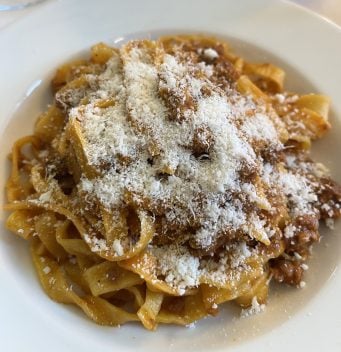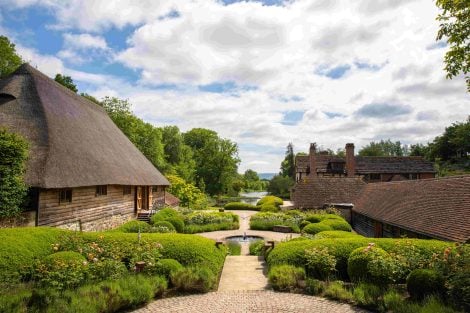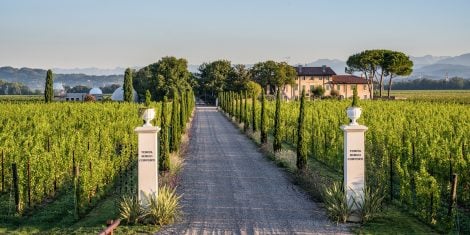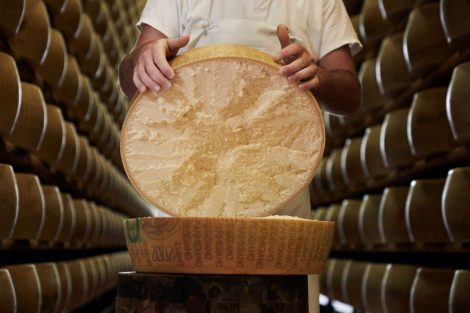Verdicchio, from the Castelli di Jesi and Matelica, is undoubtedly the most well-known wine from the Marche region (at least among whites), made from the grape variety of the same name. However, the region also boasts a rich and fascinating heritage of other native varieties that have survived to this day—or been saved from extinction—thanks to the perseverance and dedication of several generations of local producers.
This is the case for Lacrima di Morro d’Alba, Vernaccia Nera di Serrapetrona, Bianchello del Metauro, and Ribona, the focus of this article. Ribona is an indigenous white grape with a long history, now enjoying a renewed wave of interest in winemaking circles. Also known by names such as Maceratino, Montecchiese, Greco Maceratese, or Malvasia di Sarnano, it is primarily found in the province of Macerata, from which it gets its official name. The range of synonyms is testament to its longstanding presence in the area and the variety of biotypes that comprise it— resulting from centuries of massal selection across highly diverse agricultural settings.
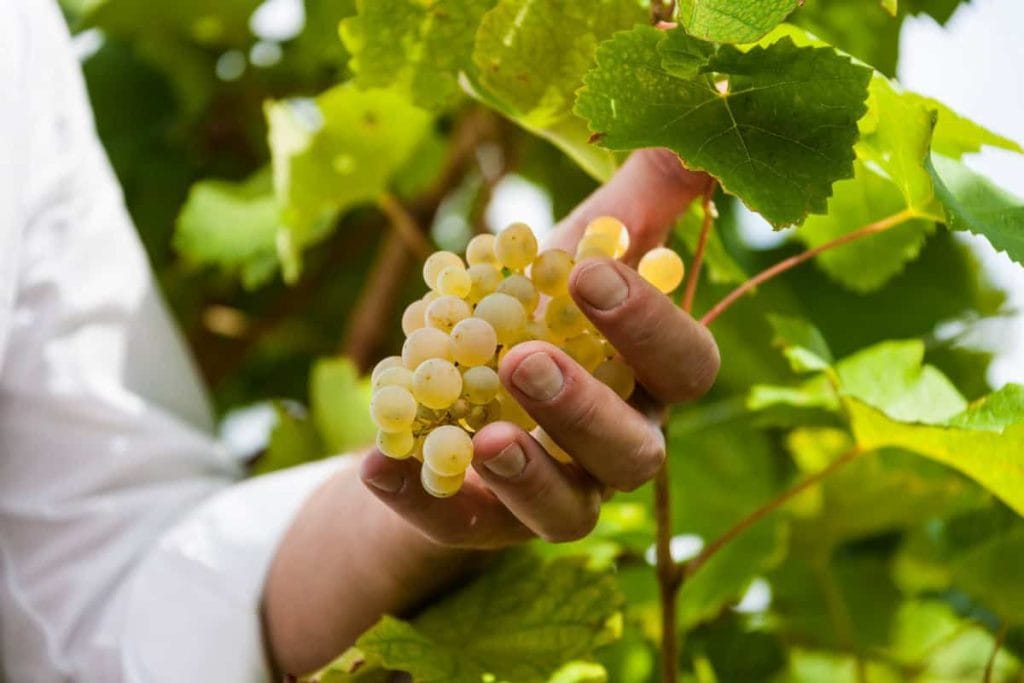
Ribona: the grape variety ID card
Despite being listed in the National Catalogue of Vine Varieties as early as 1970, and the subsequent approval of two certified clones, Ribona remained classified as a "minor" variety for a long time. Only in recent decades has it undergone a revival, driven by growing interest in local identity and the value of regional wine production.
The first official modern description dates back to 1964, by researcher Bruni, who proposed a kinship with the Greco grape, from which local clones—such as Ribona—would have diverged. However, references to this variety can be found as far back as the Ampelographic Bulletins of the late 1800s, where it was mentioned under several different names, including “Greco Montecchiese” and “Verdicchio Sirolese.” Ampelographers Felcini and Consolani also described it as being grown in various areas of the Marche region as early as the end of the 19th century.
In the past, Ribona was often trained using the traditional folignata system, with vines married to field maple trees (oppi) or arranged in scattered rows—evidence of the mixed farming practices typical of the Marche countryside. Data from the 1972 ISTAT Agricultural Census confirm the historical significance of this cultivation: over 5,200 hectares were planted with this variety, many with vines over twenty years old. In the decades that followed, however, the planted area declined dramatically, dwindling to just a few dozen hectares. Only recently has Ribona started to make a comeback, partly due to the recognition of a specific DOC— Colli Maceratesi Ribona —and thanks to the efforts of a number of local producers committed to its revival.
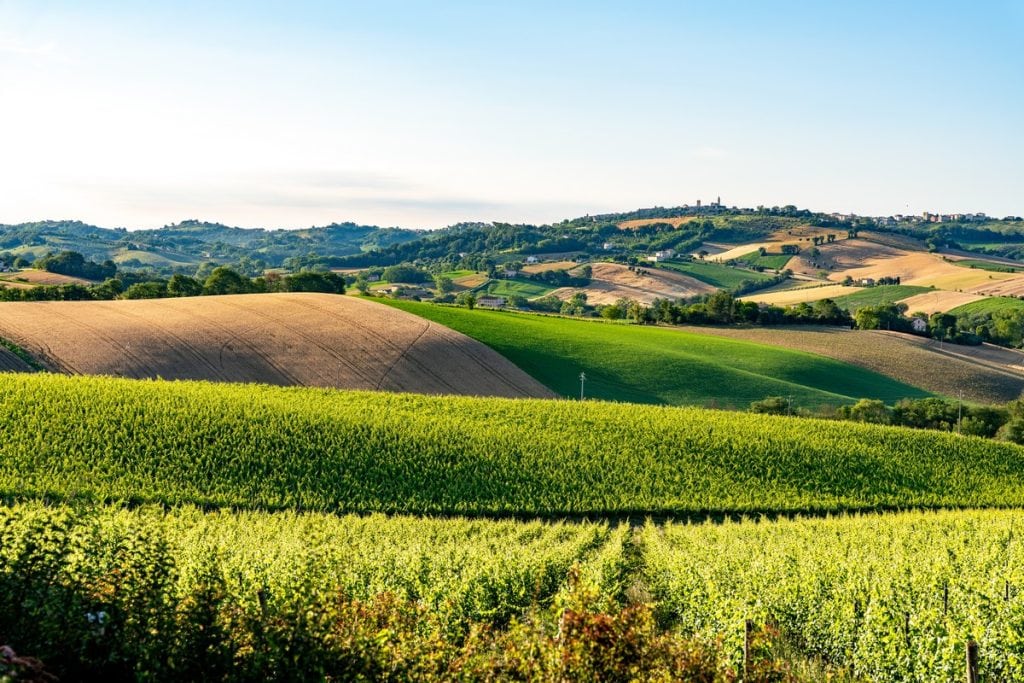
The Ribona growing area: the Colli Maceratesi
The heart of Ribona cultivation lies in the Colli Maceratesi, a hilly area stretching from the foothills of the Apennines to the Adriatic Sea, spanning the provinces of Macerata and, to a lesser extent, Ancona and Fermo. The landscape features gentle, well-exposed hills, with altitudes ranging from 200 to 500 metres, on clay-limestone soils with occasional sandy patches—offering a good balance between drainage and water retention.
The climate is temperate, with continental influences inland and sea breezes nearer the coast. The diurnal temperature range favours the development of the grape's aromatic profile, while constant ventilation helps maintain grape health. These pedoclimatic conditions make the area particularly well-suited to the production of fresh, expressive white wines.
Ribona: tasting notes
From an oenological point of view, Ribona produces white wines with delicate, often floral aromas, fruity notes and light herbal nuances. On the palate, it is fresh, with good savouriness and a slender body —ideal for young drinking, but also capable of surprising development in the bottle, especially in more structured versions.
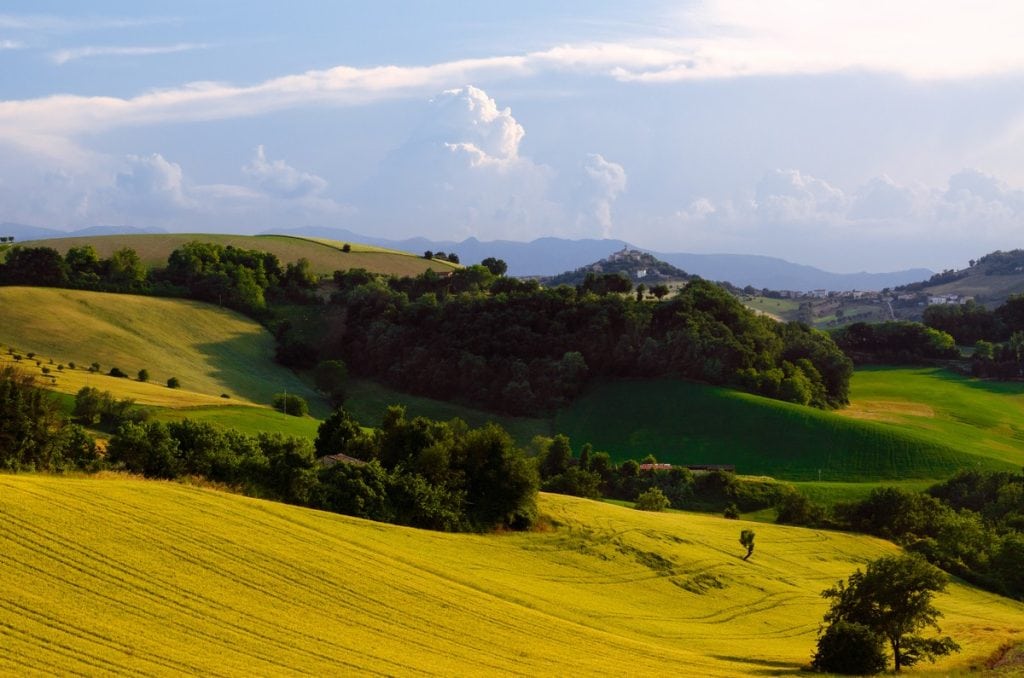
The revival of Ribona
Today, Ribona stands as a prime example of how Italy's viticultural biodiversity can offer original, distinctive responses to the challenges of the global market. The revival of Ribona also represents an opportunity for the Marche region to strengthen its wine image with an authentic voice deeply rooted in local agricultural history. Here are the Ribona wines that received the highest ratings in the Vini d’Italia 2025 and Berebene 2025 guides by Gambero Rosso.
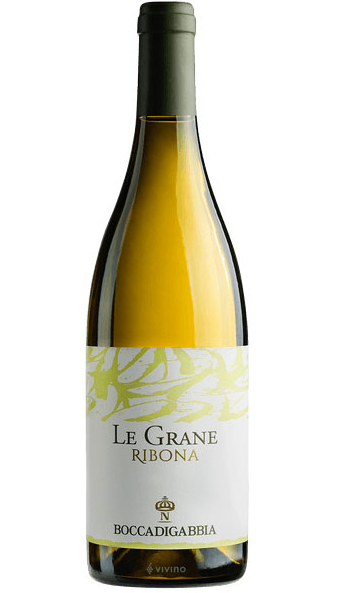
Colli Maceratesi Ribona Le Grane 2022 – Boccadigabbia
Le Grane ’22 by Boccadigabbia, a winery in Civitanova Marche (MC), is pleasing, with aromas of cut grass and lemon, and a vivid palate that lacks only a touch of depth.
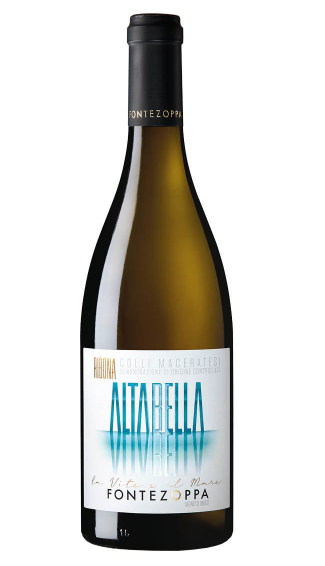
Colli Maceratesi Ribona Altabella 2023 – Fontezoppa
Altabella ’23 by Fontezoppa offers notes of green almond, light herbal hints, and a palate of good structure with a slightly astringent, iodine-tinged finish. The Luzi family’s winery operates on two fronts: holdings in Serrapetrona, a foothill area in Macerata where Vernaccia and Pinot Noir are grown, and vineyards on the first hills behind Civitanova Marche, many of which surround the winery and the adjoining inn, focused mainly on Maceratino and a wide range of other varieties. The technical team is led by oenologist Andrea Pala.
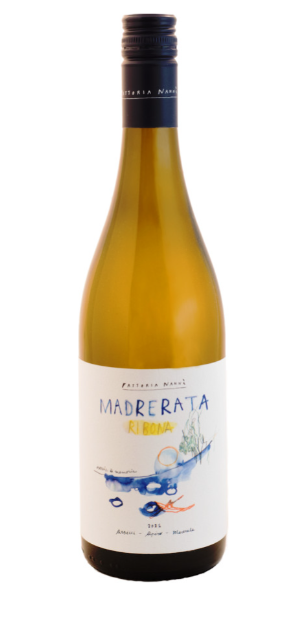
Colli Maceratesi Ribona Madrerata 2023 – Fattoria Nannì
Madrerata ’23 by Fattoria Nannì is marked by a vivid acidic backbone, with a taut and saline palate. It’s impossible not to fall in love with the view from Roberto Cantori’s winery: the gaze opens onto Monte San Vicino and the surrounding, largely untouched countryside. Here, Roberto bought two plots of old vines located between 380 and 450 metres in elevation, and a small ruin which he later converted into an efficient winery. The cool terrain and sharp temperature fluctuations—induced by the nearby mountain massif—give the wines distinctly Apennine characteristics.
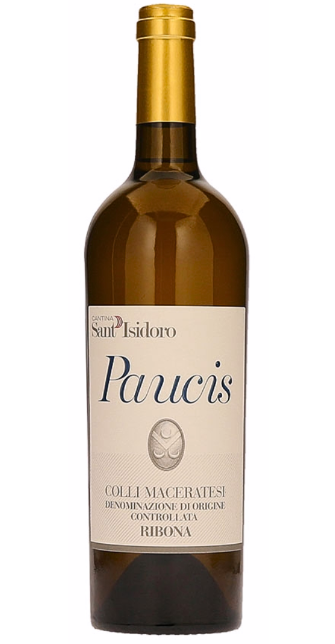
Colli Maceratesi Ribona Paucis 2022 – Sant’Isidoro
Among the Ribona wines consistently at the top of the denomination is Paucis by Sant’Isidoro, from the Foresi family. The 2022 vintage is 85% aged in stainless steel on fine lees, while 15% undergoes fermentation and ageing in wood. As in previous years, it offers charming lemon leaf aromas followed by a palate defined by zesty citrus and acidity—delightful to the last drop.

Colli Maceratesi Ribona R 2023 – Saputi
Quality is on the rise for the wines of the Saputi brothers, who run their family business. Two Ribona wines, distinctly different, stand out. Notably, the R ’23 is marked by lively drinkability, a savoury progression and good depth.
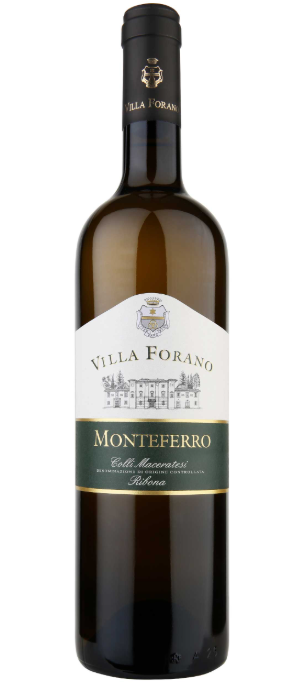
Colli Maceratesi Ribona Monteferro 2022 – Villa Forano
Villa Forano, run by the Lucangeli family, was the first estate to believe in Ribona’s potential, beginning with the 1997 vintage. Today, their experience with the grape has matured into a true mastery, and their versions remain among the best in the denomination. Monteferro ’22 particularly shines—partially fermented in large wooden casks—with aromas of anise, citrus and yellow fruit leading to an elegant, well-balanced, juicy and intense palate with a lingering finish.

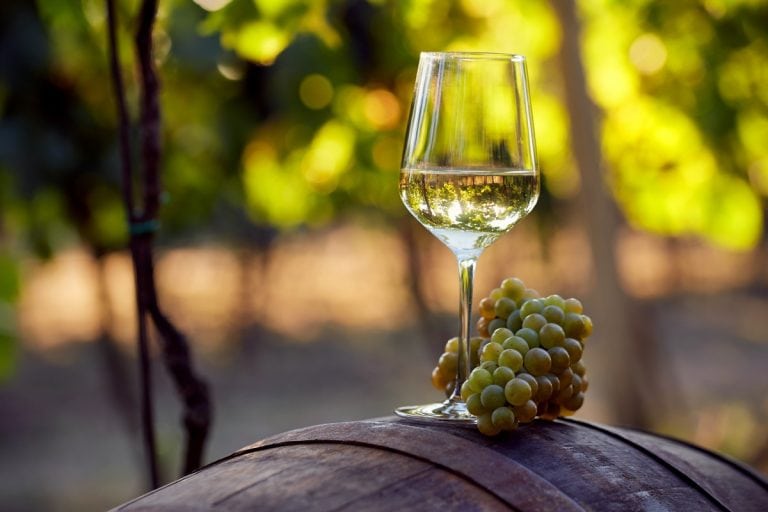
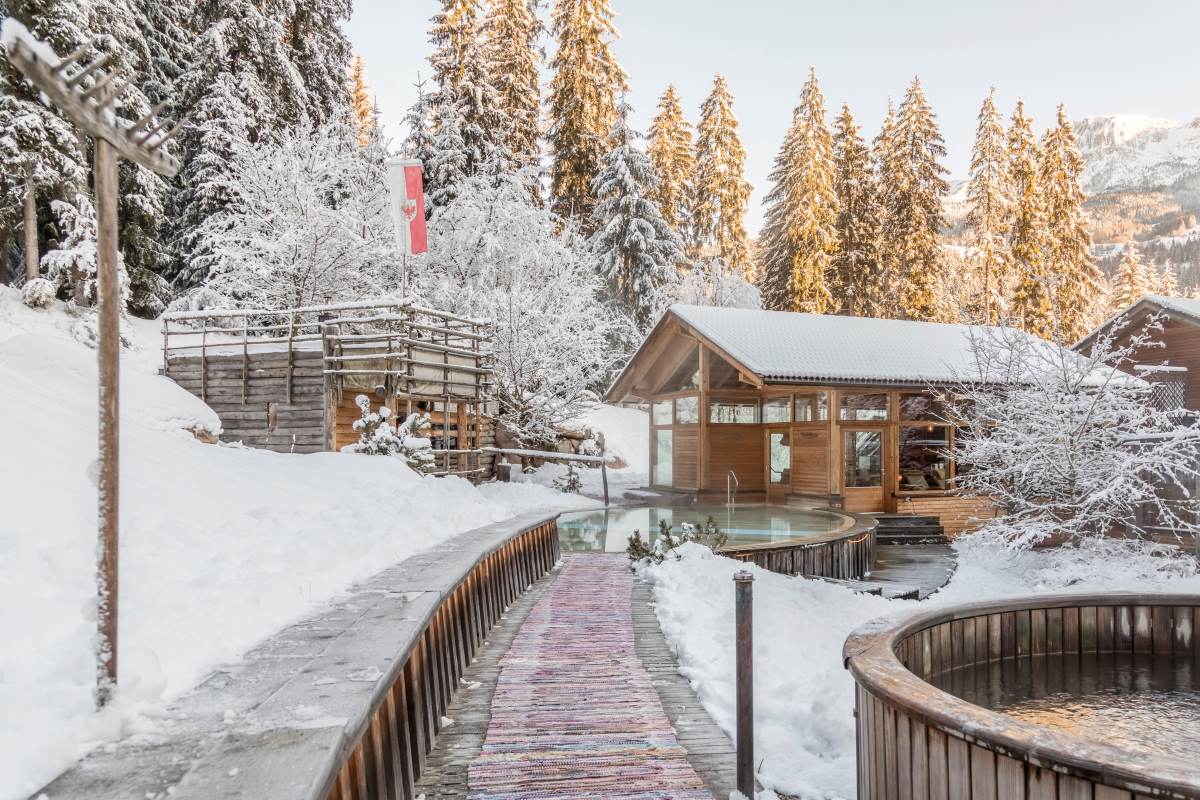 The alpine hotel where you can enjoy outstanding mountain cuisine
The alpine hotel where you can enjoy outstanding mountain cuisine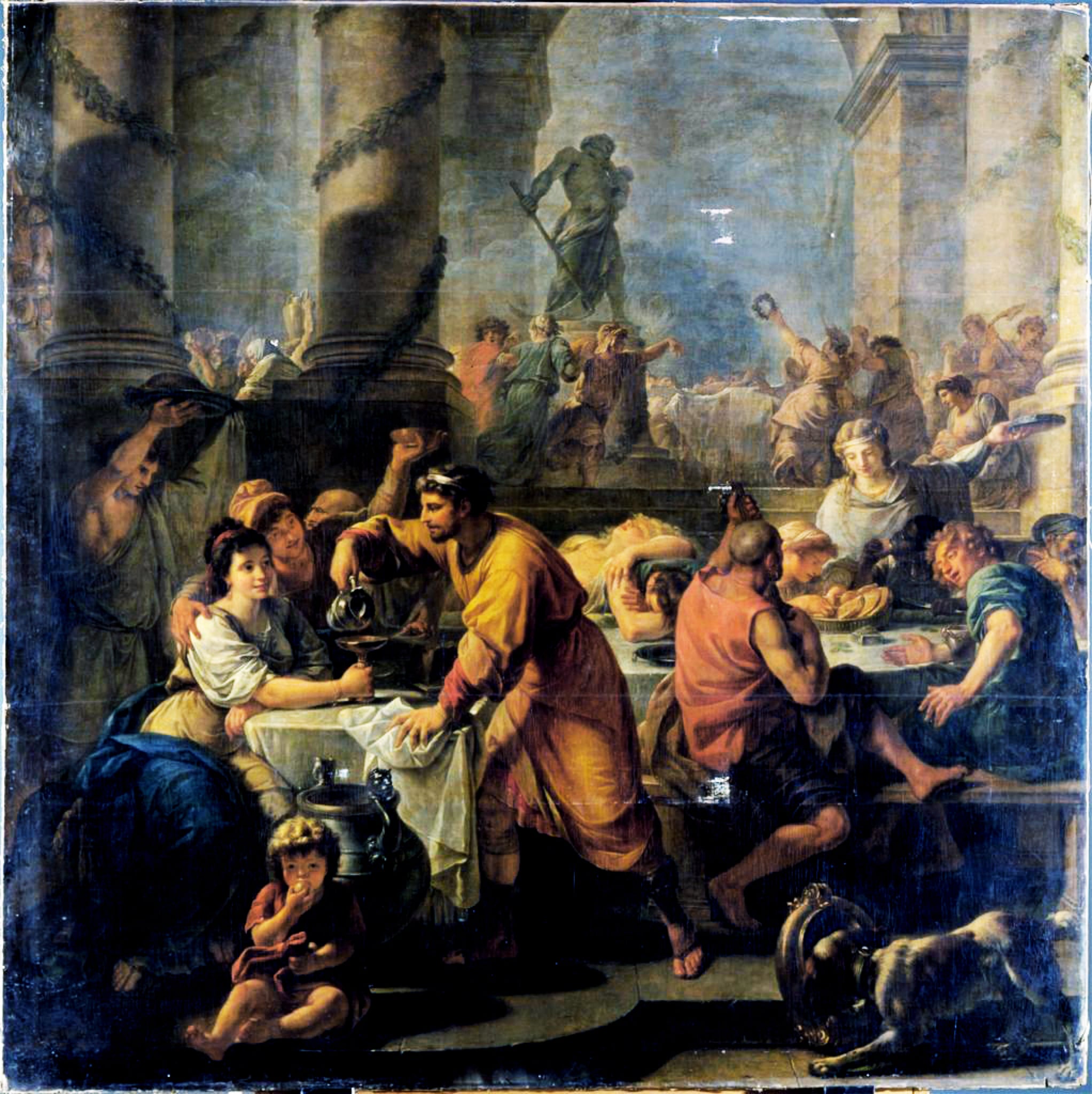 Io Saturnalia! How to celebrate the festive season like an Ancient Roman
Io Saturnalia! How to celebrate the festive season like an Ancient Roman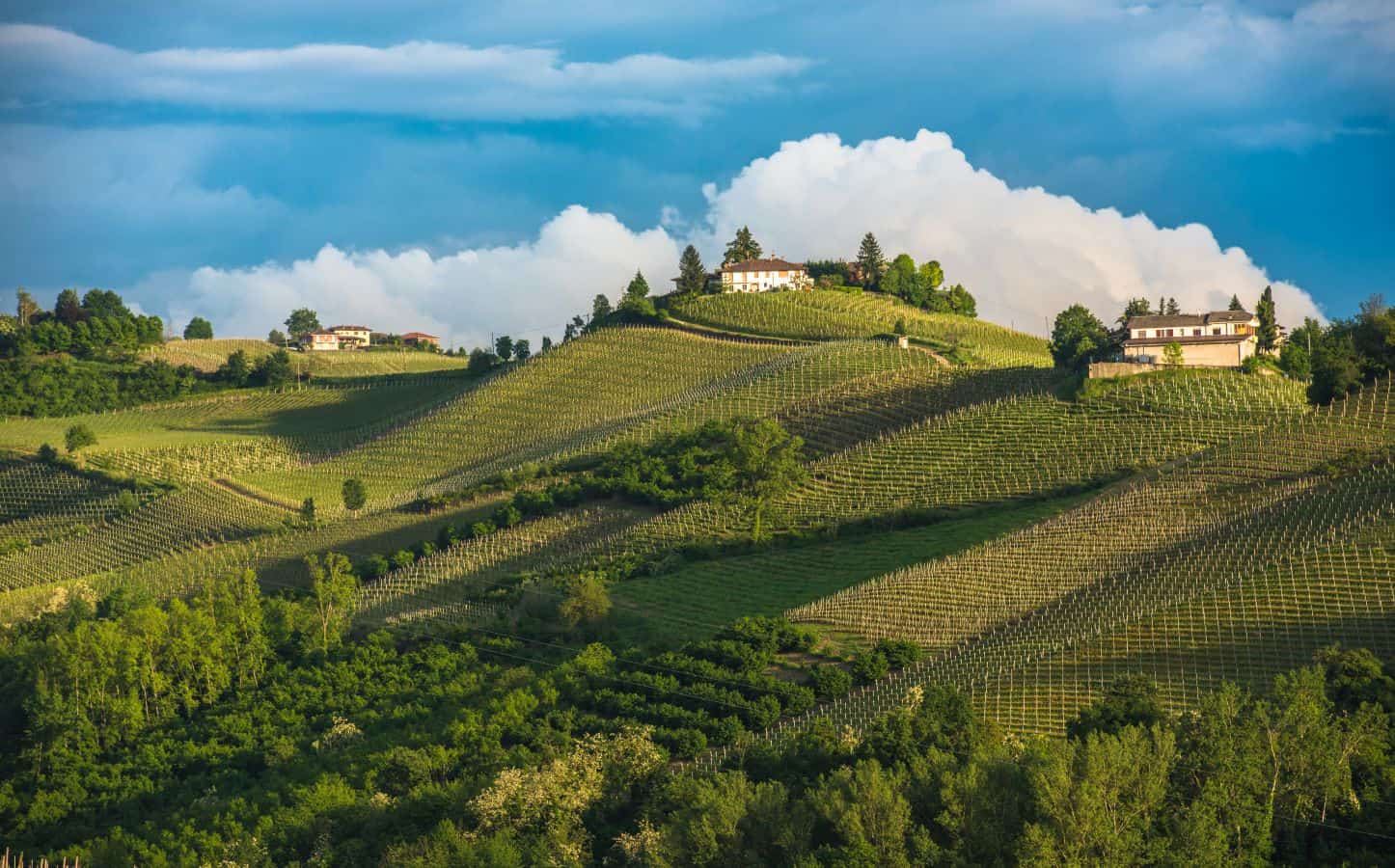 The UNESCO effect: tourism is growing, but there is a risk of losing identity
The UNESCO effect: tourism is growing, but there is a risk of losing identity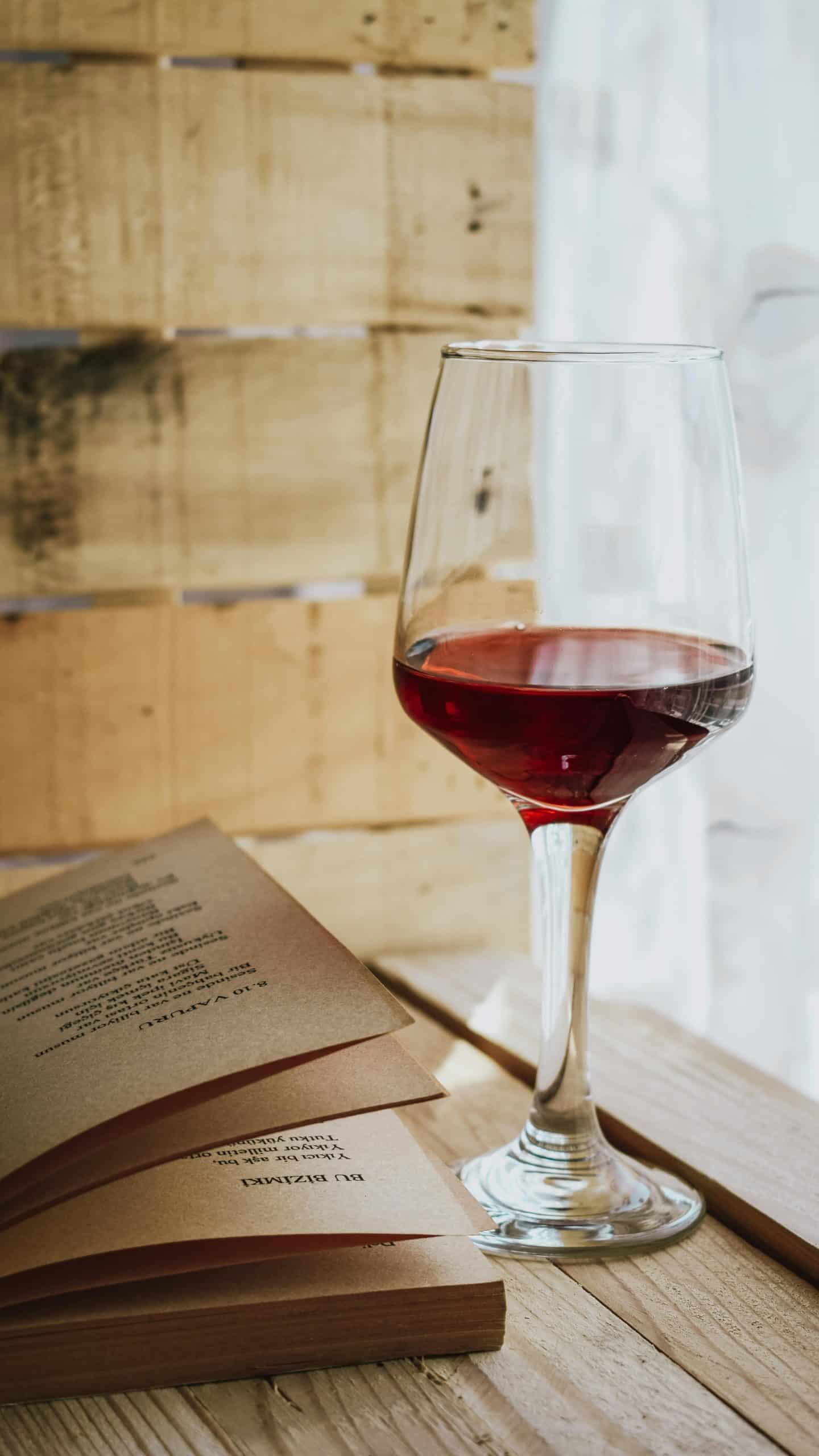 The perfect pairing? Wine and books
The perfect pairing? Wine and books 2025 was the year of Trump's tariffs – will 2026 be better for Italian wine in the US?
2025 was the year of Trump's tariffs – will 2026 be better for Italian wine in the US?